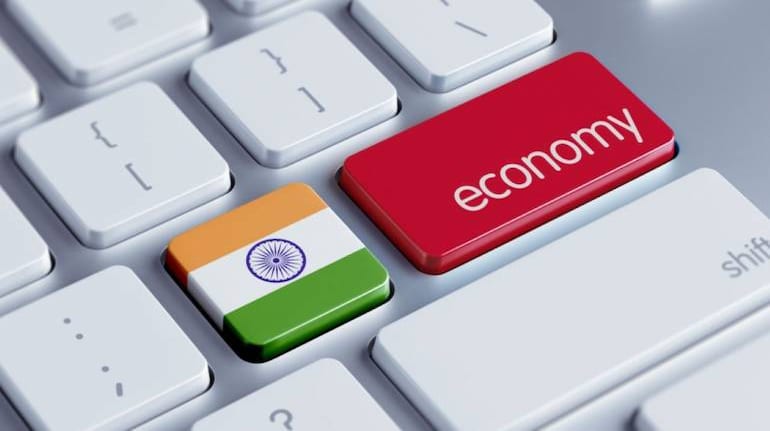



Much of 2020 and 2021 was spent by the world and its policymakers fighting off the economic impact of the COVID disruptions. With business cycles the world over still weak, the Ukraine-Russia crisis could not have struck at a worse moment, rekindling supply worries across the commodity space and heightening inflation fears that could lead to central banks hiking interest rates and hurting growth. Indeed, the US Fed has started its hiking cycle with its forecast changes indicating a higher inflation but a lower growth. US Fed chairman insists that the US economy is strong enough to digest back to back rate increases in 2022, a reduction in the balance sheet and still maintain growth momentum.
For India, the direct trade impact of the Ukraine-Russia crisis appears low. Exports to the region are just 1 percent and the imports from the region are 2 percent. But there are some concentration risks. Russia accounts for almost 90 percent of India's sunflower oil requirement, nearly 17 percent of potash fertiliser and 60 percent of NPK fertiliser imports. Thirty percent of materials used in infrastructure projects are also sourced from the region. On the other hand, India's dependence on Russia for crude oil imports is around 3 percent of total requirements.
Also read - Japan to offer India $42 bn in investments during Kishida's visit: ReportFor a net energy and commodity importing country like India, the impact is through the price shock. This oil shock to the Indian economy could flow through various channels – most importantly its negative implications on inflation and the external balances. Surely, there is also a growth impact from the oil price shock. However, it would be difficult to lock into any numerical impact immediately to underpin the growth downshift as this will critically depend on how the oil price shock is absorbed by the economy. The direct impact of the oil shock will be through the net trade effect whereby exports are likely to underperform imports by a wider margin than without the oil shock.
The way policymakers in India handle this oil shock will be critical for the growth-inflation dynamics. First, monetary policy should not be the one at the forefront to fight the inflation pressures. Monetary policy committee (MPC) members commented that the sacrifice ratio of higher interest rates on domestic growth can be high. Thus, it must be the fiscal policies which would have to absorb the burden.
Also read - Panic selling, no contingency money… How COVID taught lifelong financial lessonsTake note of the fact that the government had raised excise rates on petrol and diesel when prices were low, effectively preventing any pass-through of lower oil prices to the end users. When oil prices climbed to around $75-80 a barrel, the government did reduce the end users pain by reducing excise taxes on petrol and diesel by Rs 5 and Rs 10 per litre from November 4, 2021. Further reductions to the excise duty would be necessary now to prevent inflationary expectations souring an anyways weak consumer sentiment. The government might alternatively look to absorb the pain by allowing the oil subsidy bill to go higher by freezing prices of all products (including LPG and kerosene) and look to share some of the burden with oil marketing companies. The government looks prepared to take this route as pump prices of petrol and diesel have not been increased even after the state election cycle has come to an end.
The downside risk to the above strategy could be a wider fiscal, a part of which could be buffered by the shifting of the LIC IPO into the next fiscal. A worsening revenue collection might, on the other hand, mean reduced government spending (specifically a curtailment of the capital expenditures) – the mainstay for the economy in the recent past years. A wider fiscal associated with a tightening monetary policy globally could also lead to some currency depreciation risks.
Also read - Moneycontrol Pro Weekender | Why did equity markets rally this week?Overall, the days and months ahead for the Indian economy might not be easy and the policymakers would need to be extremely deft in handling the pressures on the economy to minimise the downside impact of higher global oil prices.
Disclaimer: The views and investment tips expressed by investment experts on Moneycontrol.com are their own and not those of the website or its management. Moneycontrol.com advises users to check with certified experts before taking any investment decisions.Discover the latest Business News, Sensex, and Nifty updates. Obtain Personal Finance insights, tax queries, and expert opinions on Moneycontrol or download the Moneycontrol App to stay updated!
Find the best of Al News in one place, specially curated for you every weekend.
Stay on top of the latest tech trends and biggest startup news.